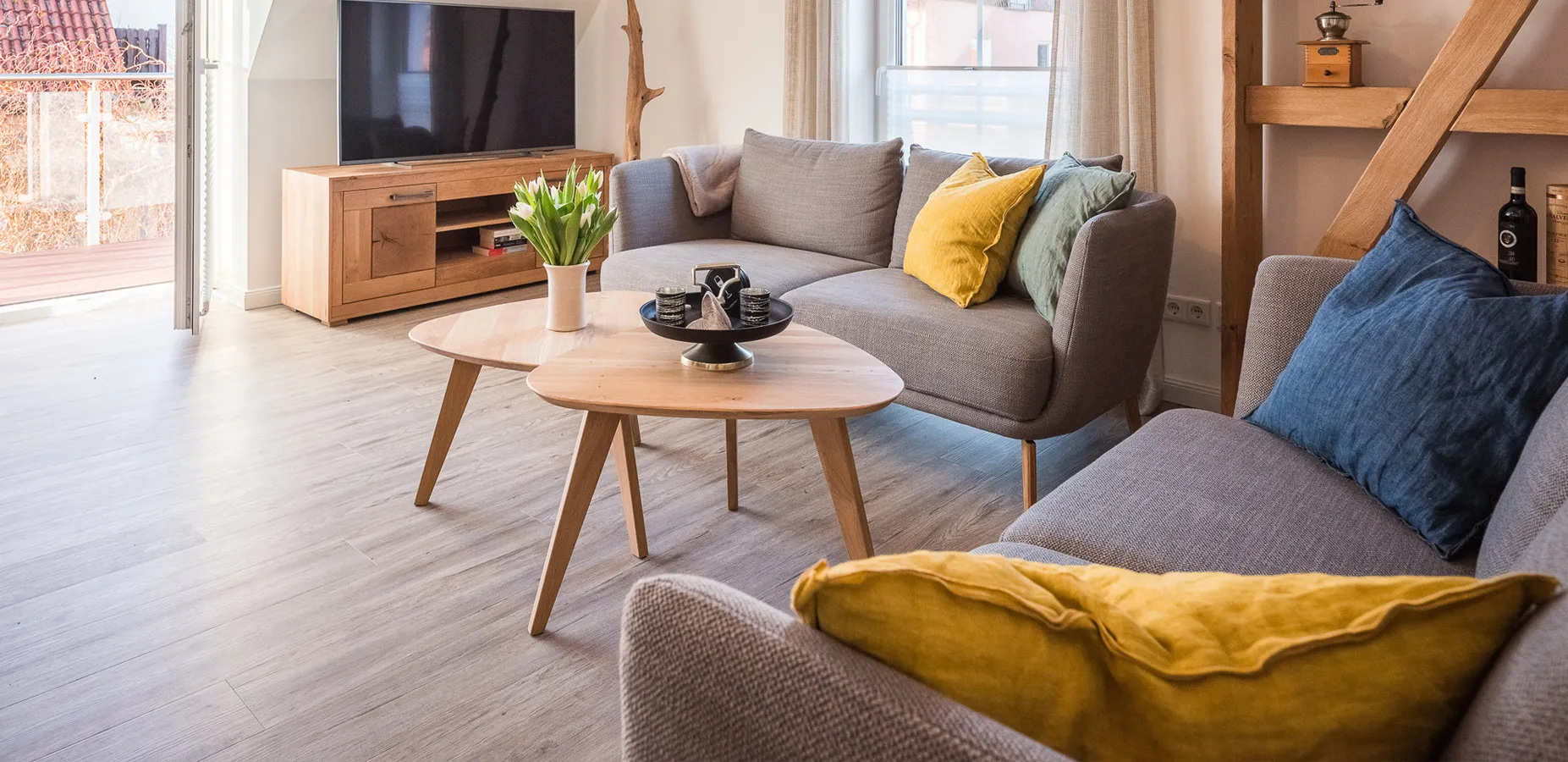Understanding the Importance of Skirting in Building Design and Interior Aesthetics for Modern Spaces
The Importance of Skirting in Building Design and Construction
Skirting plays a crucial role in building design, often overlooked but essential for both functionality and aesthetics. Skirting, commonly referred to as baseboards or skirting boards, is a narrow strip of material that runs along the lower edge of an interior wall. Though it may seem like a minor detail, skirting serves multiple purposes that enhance the overall quality of a building’s interior.
One of the primary functions of skirting is to provide a neat transition between the wall and the floor. This transition is not just about aesthetics; it effectively hides imperfections that may occur during construction, such as uneven wall edges and gaps between the wall and flooring materials. By serving as a cover for these imperfections, skirting creates a more polished and finished look in any room.
The Importance of Skirting in Building Design and Construction
In terms of material selection, skirting can be made from various substances, including wood, MDF (medium-density fiberboard), PVC (polyvinyl chloride), and even metal. Each material offers different advantages; for example, wooden skirting can provide a classic and elegant look, while PVC might be preferred in environments prone to moisture due to its resistance to water damage. Architects and interior designers should carefully consider the material choice based on the specific requirements of the space, such as its purpose, design themes, and durability.
skirting in building

In recent years, the design of skirting has also evolved. Modern trends favor clean lines, minimalistic styles, and the integration of skirting with other architectural features. For instance, some designers opt for skirting that seamlessly flows into built-in cabinetry or integrates with wall paneling, creating a cohesive look that enhances the overall design of the room. This thoughtful integration showcases how skirting can contribute to a space’s functionality while also serving as a design feature.
Additionally, skirting can also play a role in the acoustic performance of a building. By incorporating materials that absorb sound or reduce noise transmission, skirting can contribute to a more comfortable and peaceful environment, particularly in multi-family homes or commercial spaces. This aspect highlights the multifaceted role skirting can play in contributing to occupant comfort beyond mere aesthetics.
Moreover, skirting is not limited to interior applications; it can also be adapted for outdoor use. For example, exterior skirting can be applied to the base of structures, such as houses built on stilts, helping to protect against pests and the elements. This adaptability demonstrates the versatility of skirting in various contexts.
In conclusion, skirting is far more than just a decorative element in building design. It is a functional, protective, and aesthetic component that completes the interior of a space while contributing to its longevity. Designers and builders should recognize the significance of skirting and take the time to choose the right materials and styles to ensure that it enhances both the functionality and beauty of the building. Whether in residential or commercial spaces, well-considered skirting can make a significant impact, both visually and practically.
-
modern-interior-solutions-with-durable-pvc-material-skirtingAug.22,2025
-
elevating-outdoor-spaces-with-premium-wood-material-skirtingAug.22,2025
-
Waterproof Advantages of SPC Flooring Vinyl in KitchensAug.06,2025
-
SPC Hybrid Waterproof Flooring Thickness GuideAug.06,2025
-
Leveling Subfloor Before My Floor SPC InstallAug.06,2025
-
How Mesh Deck Skirting Improves Outdoor Pest ControlAug.06,2025




